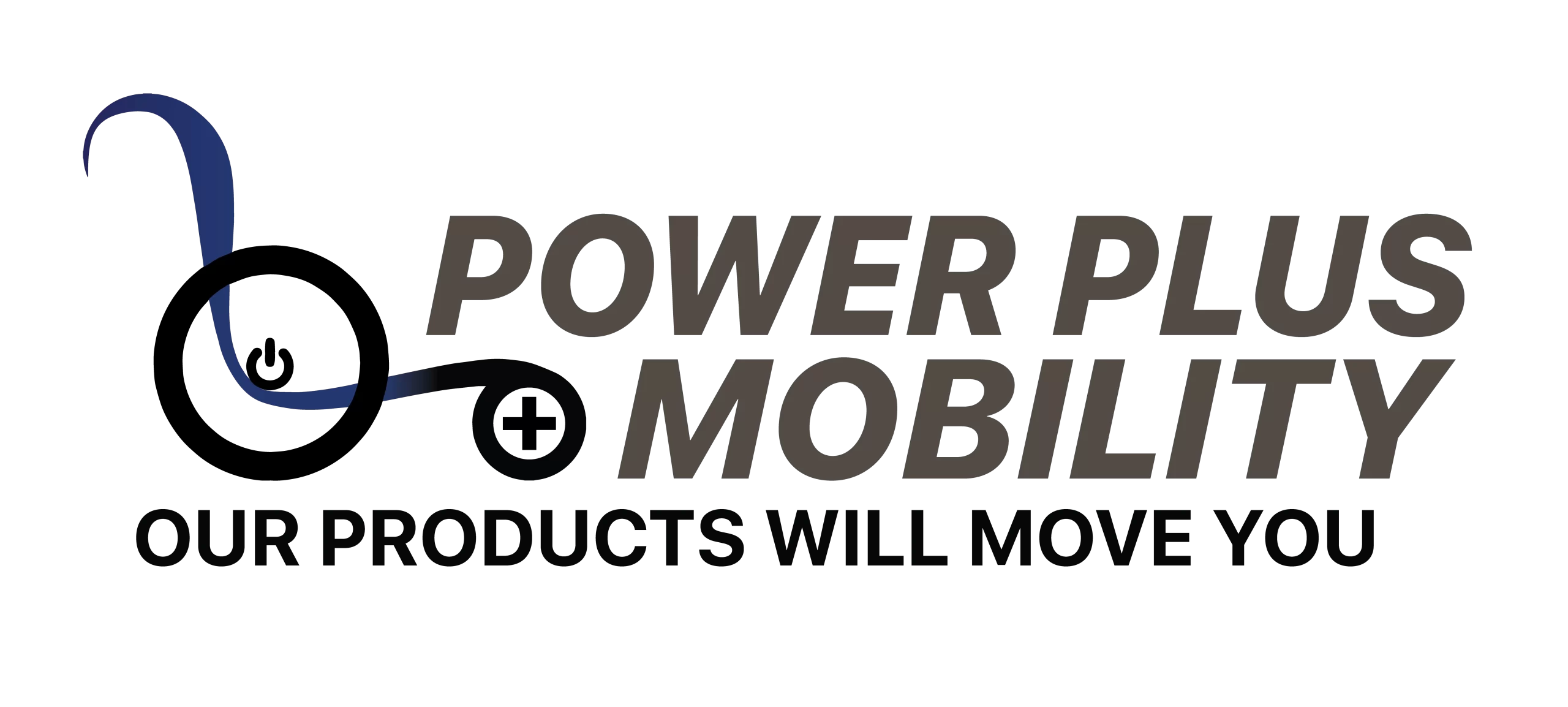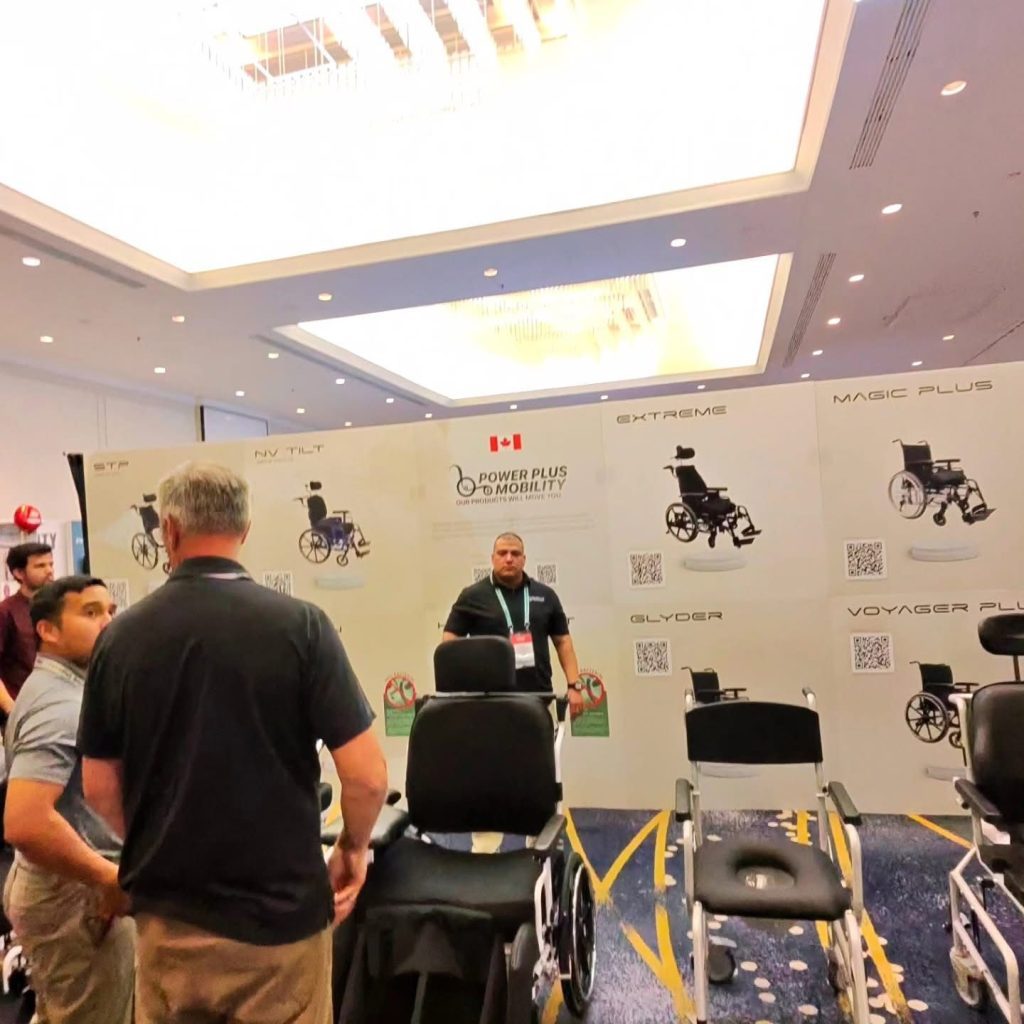
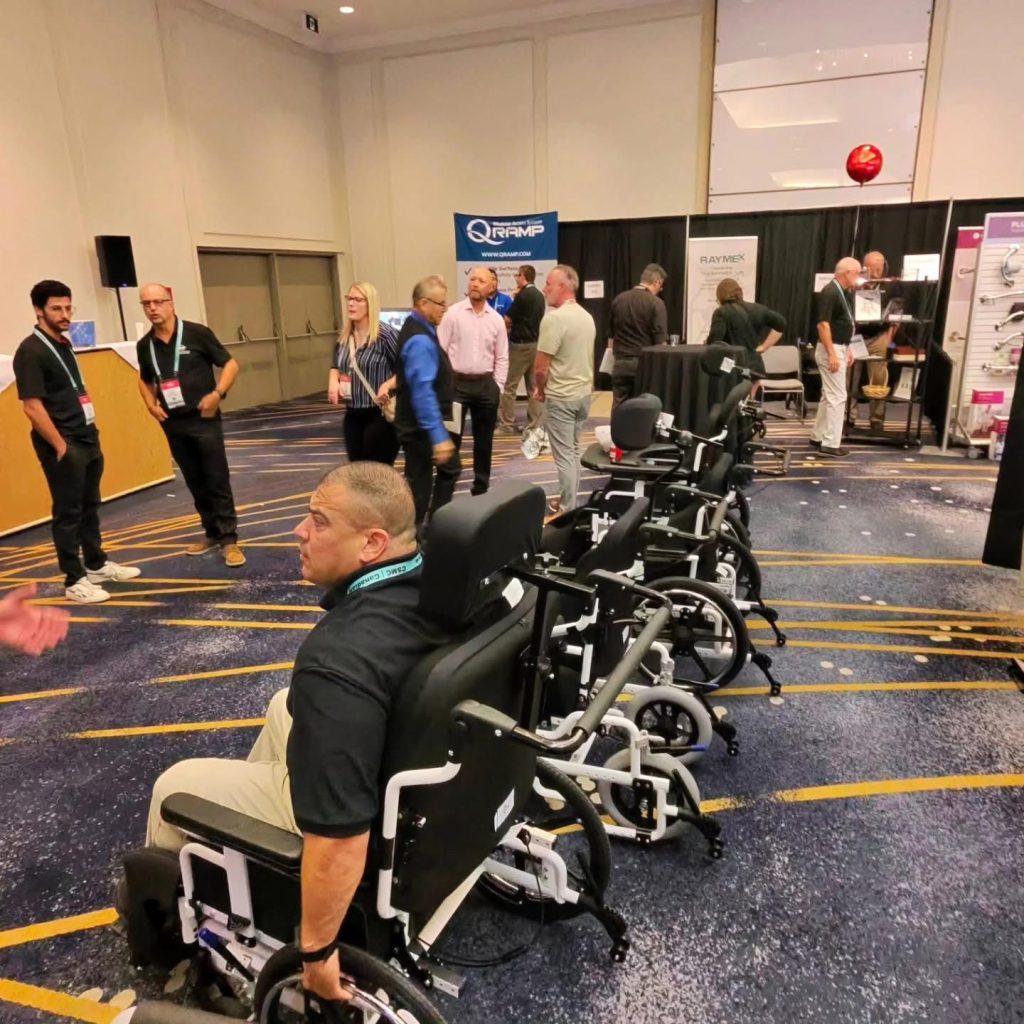
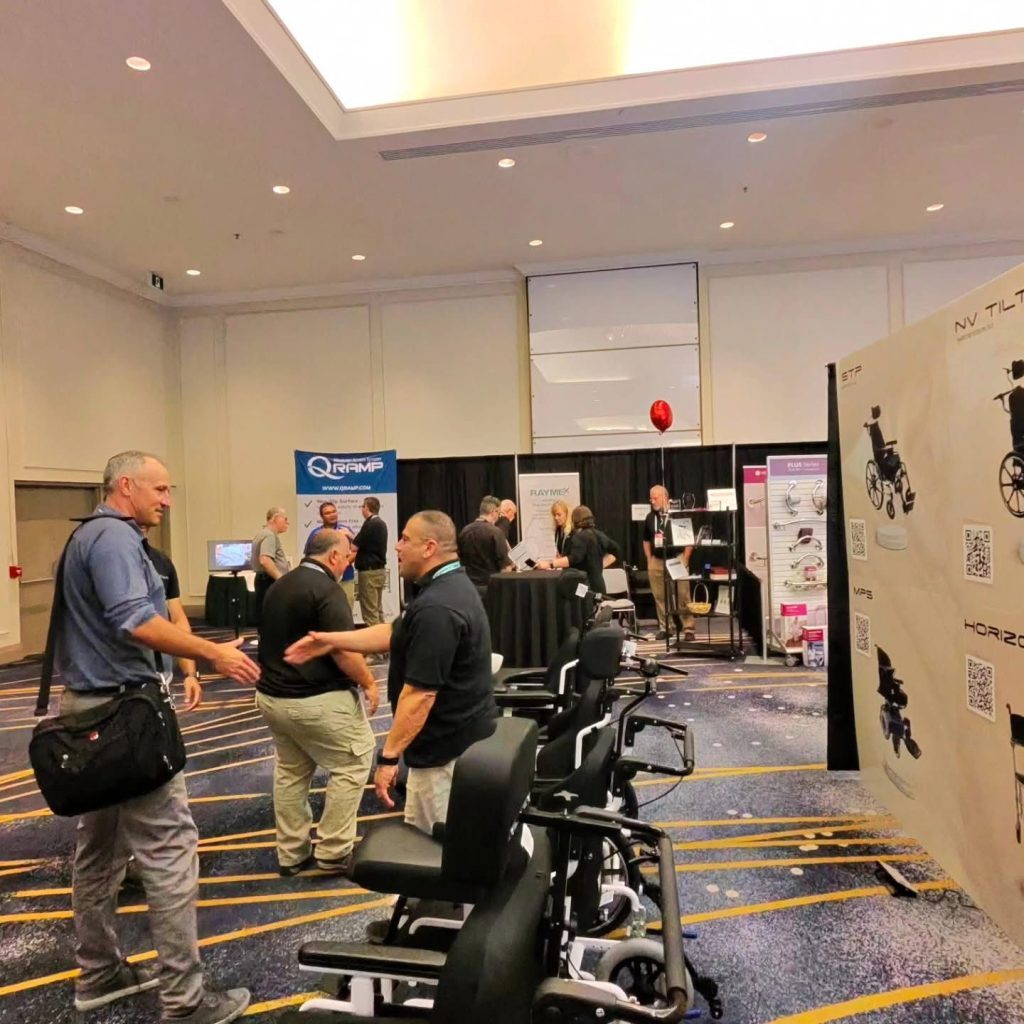
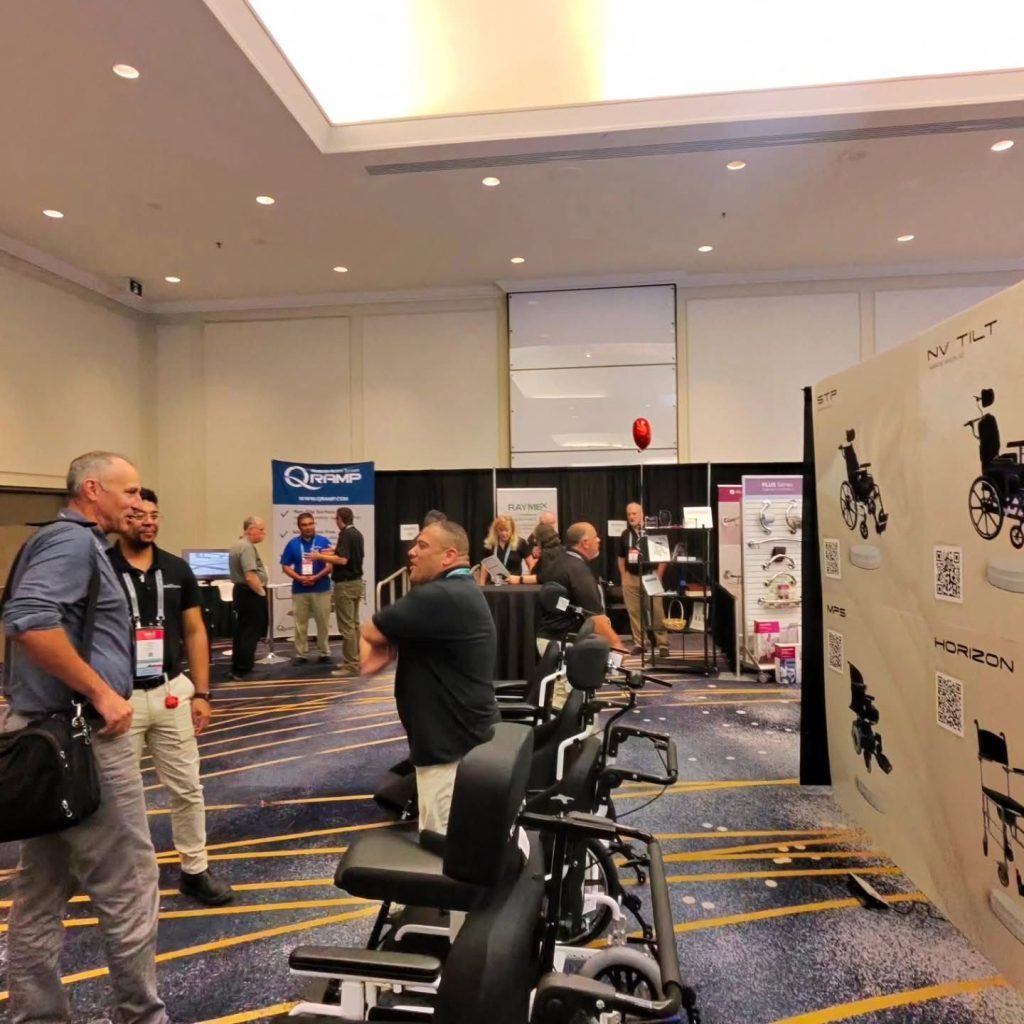
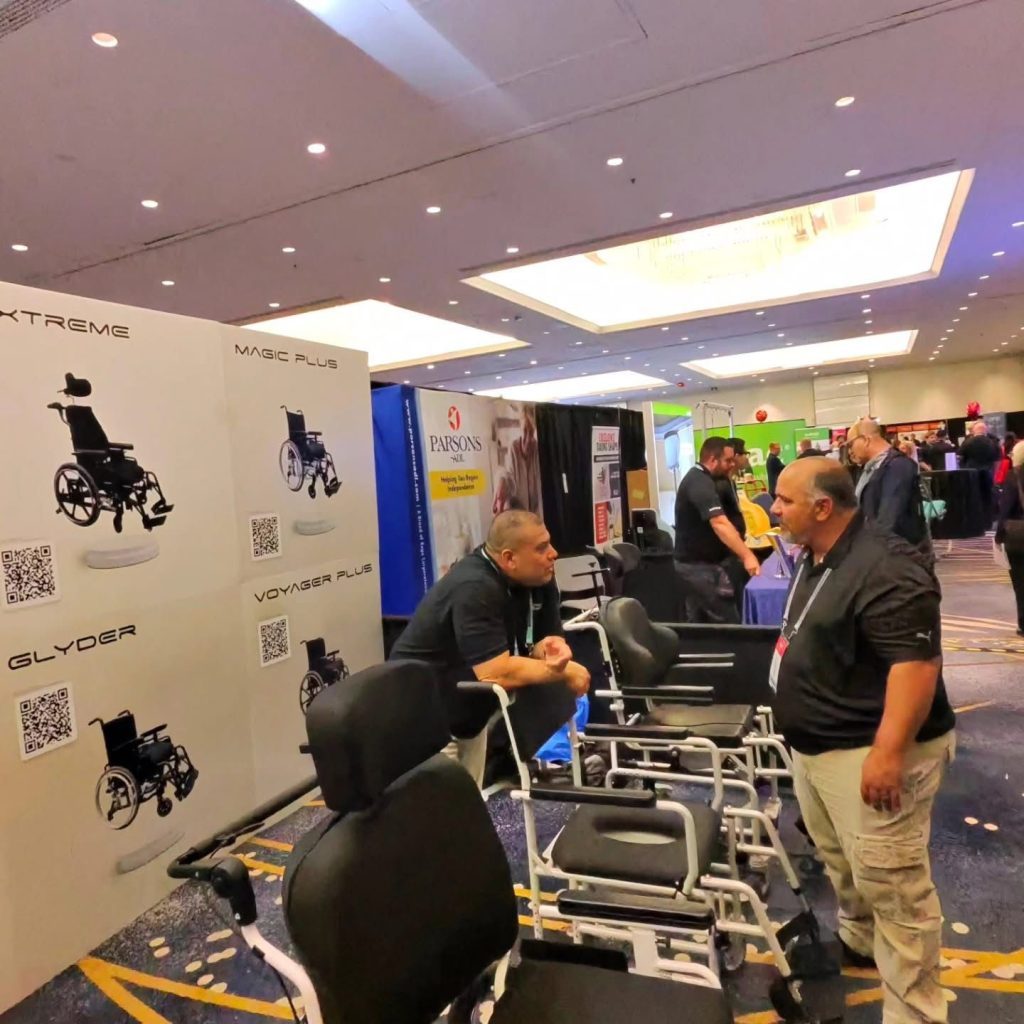
Grocery shopping, running errands, and accessing retail stores represent essential aspects of independent living that wheelchair users navigate daily throughout Canada. While accessibility has improved significantly in recent years, understanding how to efficiently plan shopping trips, identify accessible locations, and advocate for better access ensures that daily errands remain manageable rather than overwhelming. At Power Plus Mobility, our commitment to empowering independence extends to helping you confidently navigate the commercial spaces that support daily living.
The ability to independently complete shopping and errands directly impacts quality of life, financial independence, and social participation. Whether you’re visiting grocery stores, pharmacies, banks, or shopping malls, strategic planning and knowledge of your rights under Canadian accessibility legislation transforms these routine tasks from potential obstacles into opportunities for community engagement and personal autonomy.
Choosing the right wheelchair for shopping activities involves considering maneuverability in confined spaces, carrying capacity for purchases, and durability for frequent use in public environments where obstacles and crowds present ongoing challenges.
Understanding Your Accessibility Rights in Canadian Retail Spaces
The Accessible Canada Act and provincial accessibility legislation establish legal requirements for retail accessibility, though standards vary across jurisdictions and building ages create exemptions that affect real-world access. Understanding these rights empowers effective advocacy while setting realistic expectations for what accessibility features you can expect in different commercial environments.
New construction and major renovations must meet current accessibility standards including accessible entrances, wide aisles, accessible washrooms, and checkout counter accommodations. However, older buildings may have limited requirements for retrofitting, creating inconsistent accessibility across commercial areas even within the same community.
Provincial human rights codes require businesses to accommodate customers with disabilities to the point of undue hardship, meaning that even if physical barriers exist, stores must provide alternative service methods such as staff assistance, delivery options, or modified shopping procedures that enable access to goods and services.
Knowing when and how to request accommodations helps ensure you receive appropriate assistance while educating businesses about accessibility needs. Most store managers appreciate clear communication about what accommodations would enable your patronage, particularly when expressed constructively rather than confrontationally.
Strategic Shopping Trip Planning
Successful shopping trips begin with thorough planning that identifies accessible locations, optimizes route efficiency, and prepares for potential challenges before leaving home. This preparation minimizes frustration while maximizing independence during shopping activities.
Accessibility research tools including Google Maps accessibility reviews, dedicated apps like AccessNow and Wheelmap, and disability community forums provide valuable information about store accessibility before you travel. These resources help identify accessible entrances, parking availability, washroom locations, and potential barriers that might affect your shopping experience.
Time of day significantly impacts shopping accessibility, with early morning and late evening hours typically offering less crowded stores that enable easier wheelchair navigation. Weekday shopping often provides better accessibility than weekend crowds, though this must be balanced against your schedule and energy levels.
Shopping list organization that groups items by store section reduces backtracking and conserves energy while minimizing time in potentially challenging environments. Consider prioritizing essential items early in shopping trips when energy levels remain high, leaving optional purchases for later or subsequent trips if fatigue develops.
Transportation planning includes assessing parking accessibility, public transit options, and return trip considerations that account for purchase volume and potential fatigue. Proper wheelchair maintenance before shopping trips ensures reliable equipment performance during activities where breakdowns would be particularly problematic.
Grocery Shopping Strategies and Solutions
Grocery stores present unique accessibility challenges due to narrow aisles, crowded conditions, and the need to transport purchases, requiring specialized strategies that balance independence with practical shopping needs.
Store selection based on accessibility features significantly impacts shopping success. Look for stores with wide aisles, accessible checkouts, motorized carts for those who need them, and staff trained in disability accommodations. Some grocery chains have made significant accessibility investments while others lag behind, making store choice an important accessibility decision.
Shopping cart alternatives including attaching baskets to wheelchairs, using backpacks or wheelchair bags, or requesting staff shopping assistance help manage purchases when standard carts don’t accommodate wheelchair use. Some stores provide specialized shopping carts designed for wheelchair users, though availability varies significantly across locations.
Item reach challenges in grocery stores require creative solutions including requesting staff assistance, using reaching aids, or choosing stores with lower shelf stock placement. Don’t hesitate to ask employees for help accessing items beyond your reach – most staff are happy to assist though they may not proactively offer help unless asked.
Fresh produce and deli counter access often presents height and reach challenges that require staff interaction or alternative shopping approaches. Building relationships with regular store staff can improve service consistency while reducing the need to repeatedly explain your needs during each visit.
Checkout procedures may require requesting accessible lanes, communicating payment assistance needs, or arranging bagging and carrying help. Self-checkout accessibility varies significantly by design, with some systems accommodating wheelchair users well while others present insurmountable barriers.
Shopping Mall and Retail Store Navigation
Indoor shopping malls and standalone retail stores each present distinct accessibility considerations that influence shopping strategies and store selection decisions.
Mall accessibility features including level entrances, accessible parking, wide corridors, and elevators enable extended shopping trips encompassing multiple stores. However, individual store accessibility within malls varies significantly, with some retailers maintaining excellent accessibility while others remain challenging despite the accessible mall environment.
Dressing room accessibility in clothing stores requires advance planning, as many retailers provide accessible change rooms though not always prominently signed or immediately available. Calling ahead to confirm accessible fitting room availability can prevent wasted trips and ensure appropriate accommodations are prepared when you arrive.
Assistance animals policies should be well understood, as service animals are legally protected in Canadian retail spaces though individual staff may not always understand these rights. Carrying service animal documentation can prevent access disputes while educating retail workers about legal requirements.
Restaurant and food court accessibility within shopping environments affects meal planning during extended shopping trips. Accessible seating, counter heights, and washroom facilities all influence where wheelchair users can comfortably dine during shopping outings.
Rest area availability and accessibility throughout commercial spaces affects stamina management during extended shopping trips. Identifying seating areas, accessible washrooms, and quiet spaces for energy recovery helps prevent exhaustion during longer shopping excursions.
Pharmacy and Medical Supply Accessibility
Pharmacies represent critical service access points where accessibility failures particularly impact health management and medication adherence for wheelchair users.
Prescription counter heights often create communication barriers, though pharmacies must accommodate communication needs through alternative arrangements such as sitting areas for consultations or staff who come around counters to interact at accessible heights.
Medication counseling accessibility ensures you receive important health information in formats and settings that accommodate your needs. Request private counseling spaces that accommodate wheelchairs if discussing sensitive health information in public pharmacy areas feels uncomfortable.
Medical equipment and accessibility product shopping creates opportunities to evaluate items hands-on before purchase, particularly valuable when selecting mobility aids, daily living equipment, or health management tools. Many pharmacies now stock accessibility products though staff expertise varies significantly in helping customers select appropriate options.
Over-the-counter medication accessibility requires assistance accessing high shelves common in pharmacy retail layouts. Building relationships with pharmacy staff and requesting regular medications be brought to pickup counters simplifies this process.
Banking and Financial Services Access
Independent financial management requires accessible banking services that enable in-person transactions, ATM access, and consultation opportunities without barriers that compromise dignity or security.
Branch accessibility standards have improved significantly, though older locations may present challenges. Modern banks typically feature accessible entrances, service counters, consultation rooms, and washroom facilities, while older branches may have limited accessibility requiring alternative service arrangements.
ATM accessibility varies enormously across machine designs and locations, with reach heights, screen visibility, and operation requirements creating barriers for many wheelchair users. Identify accessible ATMs in your area and plan banking activities around these locations when possible.
Financial consultation accessibility for mortgage discussions, investment planning, or account management requires private meeting spaces that accommodate wheelchairs comfortably. Request accessible meeting rooms when scheduling appointments to ensure appropriate facilities are arranged.
Safe deposit box access often presents physical barriers in older bank vault designs. Discuss accessibility options with branch managers if you need safe deposit access, as alternative arrangements may be available even when standard access proves difficult.
Online Shopping and Delivery Services
Digital shopping platforms have revolutionized accessibility for wheelchair users by eliminating physical shopping barriers entirely. However, maximizing these benefits requires understanding platform accessibility, delivery options, and hybrid shopping strategies that balance convenience with hands-on product evaluation.
Grocery delivery services including Instacart, major grocery chain delivery, and subscription services enable complete shopping independence without leaving home. While convenience fees apply, the time and energy savings often justify costs for wheelchair users who find in-person shopping exhausting or inaccessible.
Retail shopping apps provide product information, availability checking, and purchase options that reduce in-store time while enabling informed shopping decisions. Many retailers offer curbside pickup that combines online selection convenience with immediate product receipt.
Essential tips for enhancing mobility and independence increasingly include leveraging technology solutions that reduce physical shopping demands while maintaining purchasing independence and choice.
Managing Purchases and Transportation
Successfully completing shopping trips requires strategies for transporting purchases from stores to vehicles and ultimately home, particularly when shopping independently without assistance.
Vehicle loading strategies depend on wheelchair type, vehicle accessibility features, and purchase volume. Many wheelchair users develop efficient systems for managing bags and boxes that accommodate their specific circumstances and capabilities.
Public transportation grocery carrying limits require shopping trip planning that matches purchase volumes to realistic carrying capacity. Consider multiple smaller shopping trips rather than attempting large stock-up trips when using public transit.
Delivery and pickup services offered by many retailers bridge the gap between wanting to shop independently and needing assistance with purchase transportation. Don’t hesitate to use these services, which are becoming increasingly common and affordable.
When wheelchair repairs are needed during shopping trips, having pre-identified accessible service options, backup transportation plans, and emergency contact lists helps manage unexpected equipment issues without becoming stranded.
Advocacy and Improving Accessibility
Individual advocacy improves both your shopping experiences and accessibility for all wheelchair users who follow. Constructive communication with store managers, accessibility feedback, and supporting businesses with excellent accessibility creates positive change.
Documenting accessibility barriers through photos, written descriptions, and formal complaints to accessibility agencies helps drive improvements when businesses fail to meet legal requirements. Focus on specific, actionable feedback that enables businesses to understand and address accessibility gaps.
Supporting accessible businesses through patronage and positive reviews encourages continued accessibility investment while helping other wheelchair users identify welcoming shopping locations.
Understanding when to upgrade your wheelchair may involve recognizing when shopping demands exceed current equipment capabilities, potentially justifying investment in wheelchairs with better maneuverability, storage capacity, or durability for frequent commercial environment use.
Shopping with Confidence
Shopping and daily errands represent essential independence activities that wheelchair users can navigate successfully through strategic planning, accessibility knowledge, and effective self-advocacy. While barriers remain, understanding your rights, identifying accessible options, and developing efficient shopping strategies enable you to accomplish necessary errands with confidence.
At Power Plus Mobility, we understand that wheelchairs must perform reliably in real-world situations including the challenging environments that commercial shopping presents. Our commitment to quality ensures your mobility equipment supports rather than limits your independence during daily activities.
Ready to tackle shopping and errands with a wheelchair built for real-world reliability? Contact Power Plus Mobility to discuss how our Canadian-made wheelchairs provide the durability, maneuverability, and performance that daily shopping demands.
To visit our social media, please click on Facebook and Instagram
